North of ordinary
By Mary Sparacello
Hannah Walker Huppi (B ’11) and John Huppi (SSE ’11, A *14) made history this summer as part of a four-person crew that completed an impressive, 584-nautical-mile, unassisted row across the Arctic Ocean.
The team’s time of 10 days and five hours broke the previous record by nearly five days, making them the fastest four-person crew to complete the crossing from Engvik, Norway, to Longyearbyen, Svalbard.
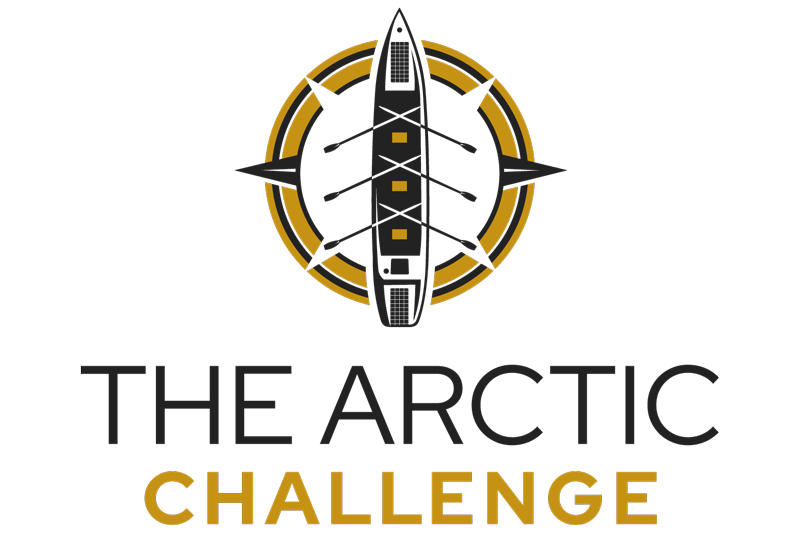
“We all are ambitious and competitive, but I don’t think any of us were expecting to smash it out of the water quite that much,” said Hannah Huppi.
Joining the Huppis were former New Orleans Saints tight end Jimmy Graham and retired Navy SEAL Andrew Tropp. The expedition marked a series of historic firsts: the first all-American crew to row the Arctic Ocean, the Huppis as the first married couple to complete the feat, Hannah Huppi as the first woman to do so, and Graham as the first Black person to accomplish the crossing.
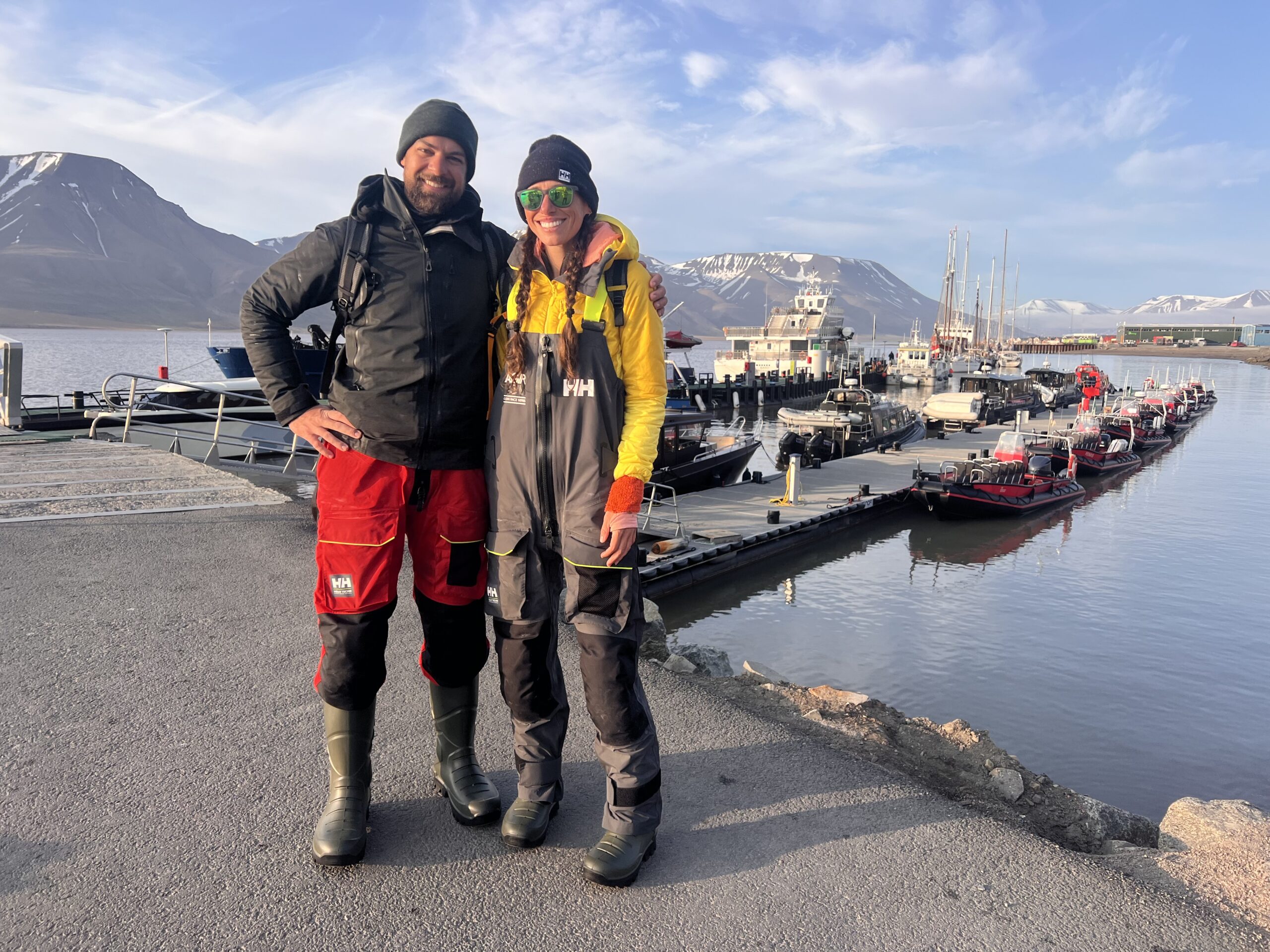
Hannah and John Huppi posing for a photo in the Port of Longyearbyen Svalbard, minutes after completing the the Arctic Challenge.
The Arctic Challenge 2025 wasn’t just about breaking records — it was also about giving back. The team raised money for two New Orleans nonprofits: Laureus Sport for Good and Covenant House. Final totals are still being tallied, but the impact was central to their mission.
That sense of purpose helped carry them through the grueling conditions. Rowing during the Arctic’s Midnight Sun offered 24 hours of daylight, but because it was late in the season, the sun stayed low on the horizon — the result: constant fog and overcast skies.
To make the record, the team rowed two at a time in 90-minute shifts, with little more than 45-minute naps two or three times a day. Hannah battled the worst seasickness of the group. “I loved being on the oars because it was the only time that I felt good. For the first 36 hours or so, I couldn’t eat or drink. I was hallucinating, but I got through it.”
The Huppis were both on the club rowing team at Tulane, which is how they first met. After graduation, they rowed nationally and internationally, co-founded the New Orleans Rowing Club and opened ErgoFit, an indoor rowing studio on Magazine Street. John now coaches Tulane’s men’s and women’s rowing teams and teaches in the School of Architecture & Built Environment.
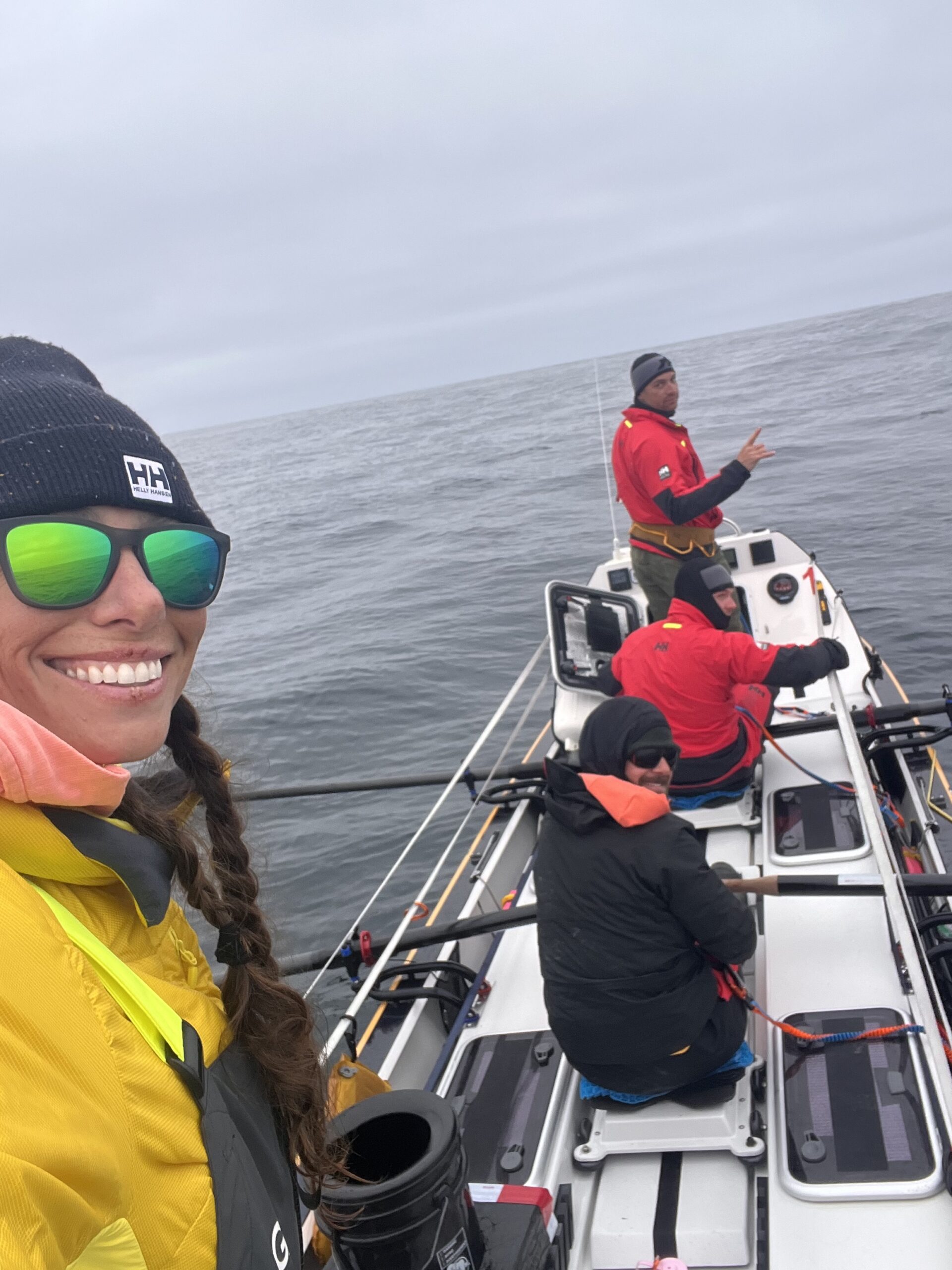
“It’s not easy to stay upbeat for 10 straight days when there’s nowhere to hide,” John said. “But what made this group special is that we all came from team-oriented backgrounds, such as sports and the military, and we understood how to show up for each other.
In the final stretch, worsening weather became one of their biggest obstacles.
“We had to deal with two weather fronts that went through,” John said. The boat’s battery power dropped to nearly zero because the solar panels wouldn’t charge. “We basically spent the last three days rowing in the dark with no electronics,” John said. A compass and rudder kept them on course.
Rogue waves as big as houses slammed the boat, soaking the crew and turning even simple tasks — like pouring boiling drinking water — into a balancing act. “Basic chores become a huge challenge to manage out at sea,” John said.
The sheer scale of the ocean left a lasting impression. “It was amazing to see ocean swells the size of buildings coming straight at you,” John said. “Very surreal weather conditions when you’re in this tiny little boat in the middle of the ocean.”
During the worst of the weather, they deployed a para-anchor to keep the boat steady and the bow facing into the oncoming waves. They had to retreat to the boat’s two cabins, where they tried to get some sleep, not an easy feat when the dark room felt like being in a washing machine. “You’re just tumbling around in this tiny, dark, wet cabin,” Hannah said.
Despite the weather, there were many moments of wonder. For Hannah, the most unforgettable wildlife encounter was with a walrus. “We rowed over it, actually — it popped up right after our stern. Its head came up with the tusks and the whiskers, and it was just so surreal, but such a cool Arctic experience to have.”
John was struck by the wildlife, especially the sheer number of puffins. And when they finally reached the harbor around midnight or 1 a.m., a family of beluga whales surfaced alongside the boat. “The town was fast asleep … so the whales served as our welcome party,” he said.
By the time they arrived, their sense of balance was entirely shot. “All four of us crawled off the boat onto the dock, it was the first time we fully stood up in almost two weeks,” John said.
Still, there was one thing they all agreed on: pizza.
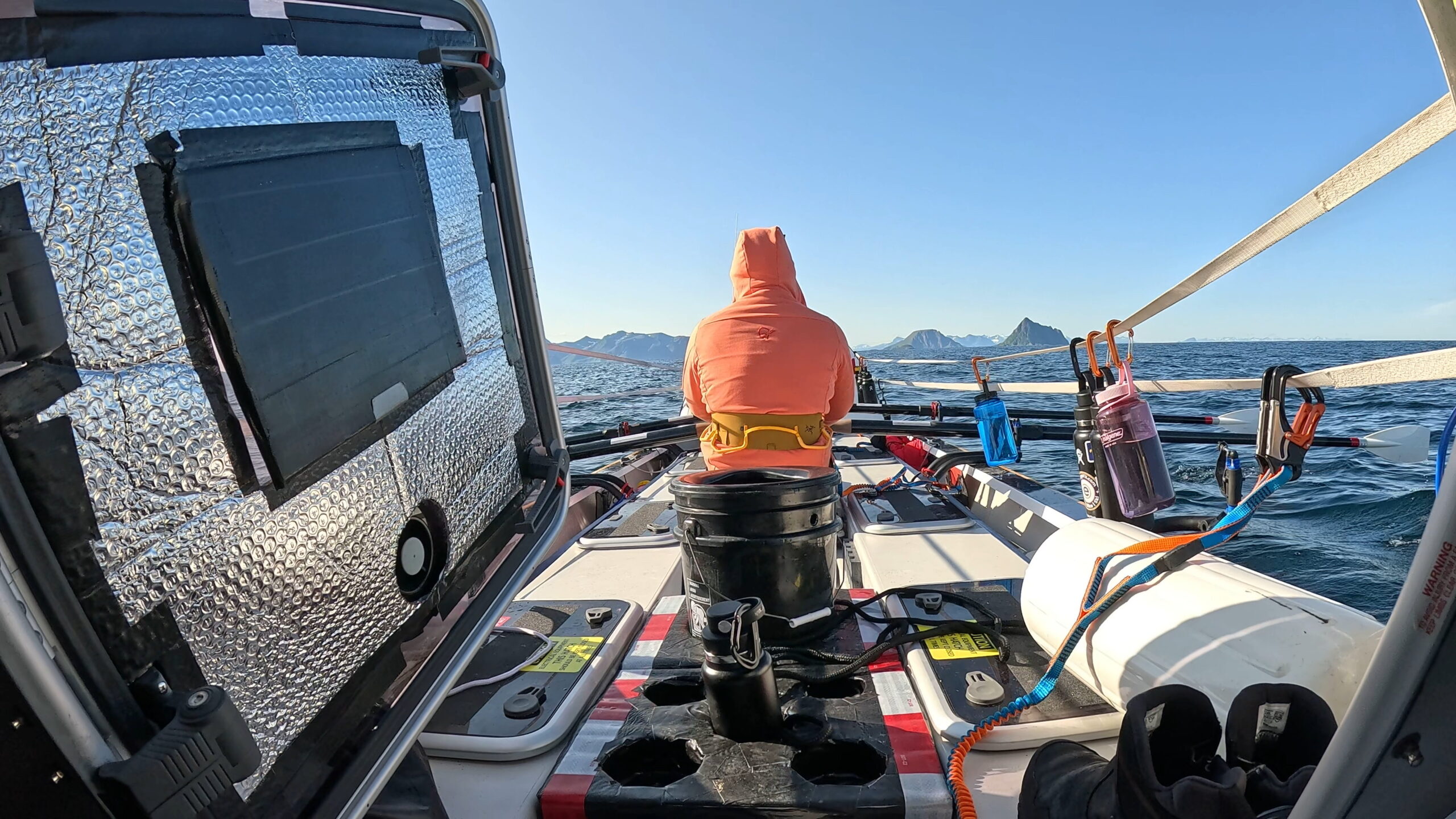
Photo of John Huppi rowing, looking out from the bow cabin. The fjords of mainland Norway are in the background as the team rows away from Norway on Day 1.
“After ten days of dehydrated food, just having something warm — bread, cheese, real food — it was the best pizza I think any of us has ever had,” Hannah said. “Then to take a shower and sleep in a real bed … it was magical.”
The reentry was jarring. “I woke up the next morning, and I felt like my whole world was just spinning in circles,” John said, adding that the feeling lasted about a week.
They had spent two years preparing for the row, and the sudden return to normal life was disorienting. “It’s a trip to go from being in the middle of the Arctic Ocean one day to two days later being at City Park carpool drop-off for camp,” Hannah said.
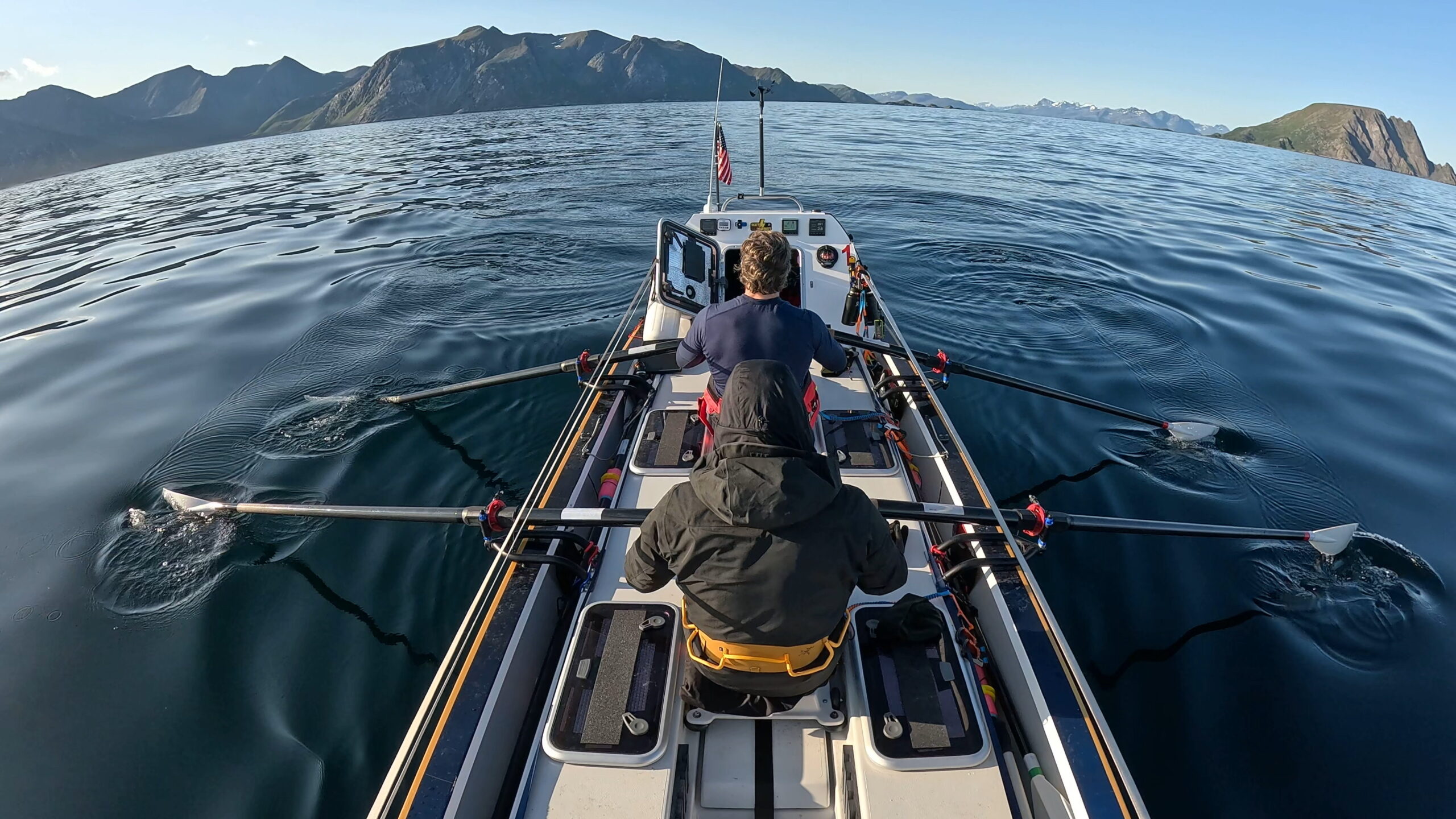
Photo of John Huppi (front) and Andrew Tropp (blue shirt) rowing in the fjords near Tromso, Norway, on Day 1.
The Huppis involved their five-year-old daughter Hazel from the beginning. “No, she wasn’t on the boat with us,” Hannah said, “but she got to see us working toward it.” She helped clean the boat, watched them train and witnessed the whole lead-up. “Now it’s not just something her parents did — it’s something she lived too.”
Hannah hopes their journey encourages other women to take risks. “Maybe it’s rowing an ocean. Maybe it’s starting a business,” she said. “It’s the idea of it not being too late. Don’t let limiting beliefs — like that you can’t be an athlete and be a mom or go on adventures and be a business owner — hold you back.”
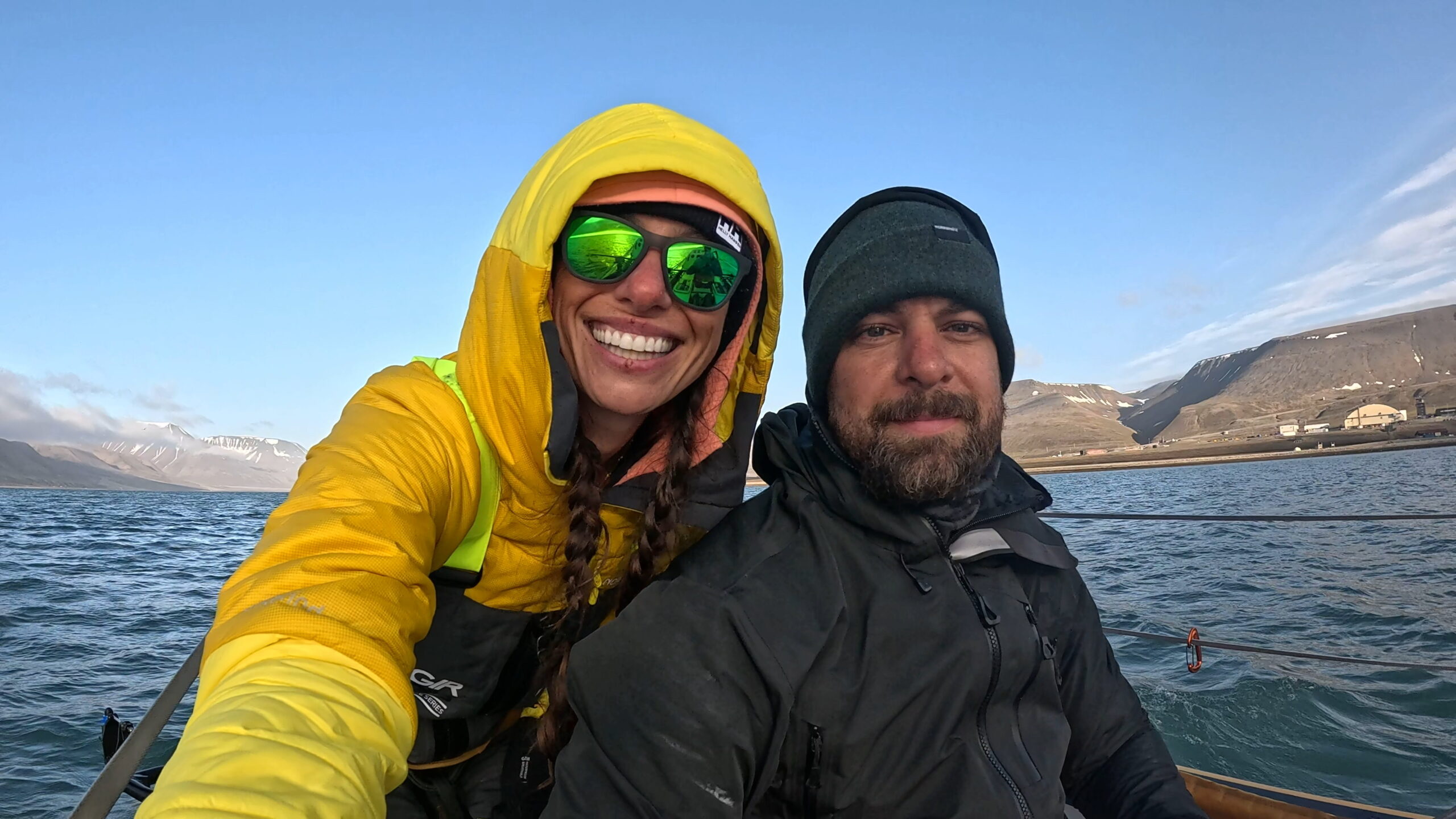
“There’s never enough time, and it’s never the perfect moment,” he said. “But I believe in seizing opportunities when they arise. Pushing myself through tough physical and mental challenges also helps me reset and gain perspective in other parts of life.”
For Hannah, the challenge was physically grueling but deeply fulfilling. “Even with the seasickness, sleep deprivation and hallucinations, it was still an incredible experience,” she said. “I truly loved being out there — disconnected from technology and the routines of daily life, immersed in nature, doing something physical and risky. It felt so good. Whatever way people can unplug and reconnect with the natural world, I can’t recommend it enough.”
And their shared experience has left its mark.
“We’ve all been through something that no one else can fully understand,” Hannah said. “Even after just 10 days away, I think all four of us came back changed in a lot of ways.”
To follow their journey or support the mission, visit thearcticchallenge2025.com. Follow the team on Instagram at @thearcticchallenge2025 or the athletes individually at @hannah_huppi, @johnhuppi, and @thejimmygraham.

Follow us on Social Media
Update Your Information
It only takes a moment to update your contact information and helps to ensure that you receive the latest news, exciting updates, invitations to events and more from Tulane University. Please update your most recent contact information by filling out the form below.
